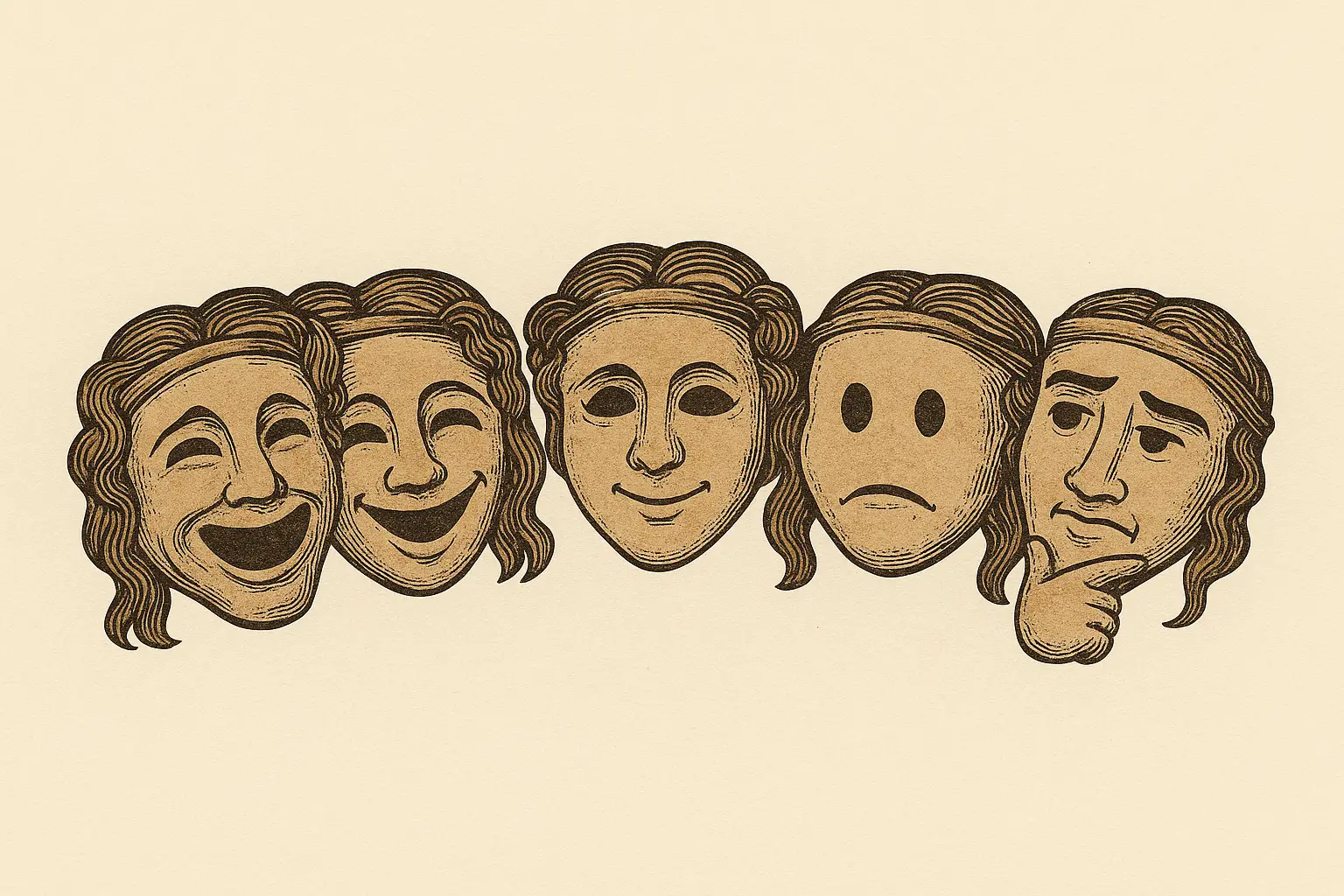By Deke
The funniest thing — or maybe the scariest — is that we have to fact-check satire now. Even labeled as satire, it feels too real.
Labeled or not, people still believe it — because our education system and social media have all but destroyed cognitive literacy. Meanwhile, powerful and influential people continue to push the limits of decency and reason.
We used to say, “Ha! That has to be satire.”
Now we ask, “Wait… is this real?”

A Note on the Origins of Satire
Long before mass media blurred the lines between humor and reality, the ancient Greek playwright Aristophanes was mastering the art of blending laughter with deep reflection. Revered as the Father of Comedy and Satire, he wielded theater as a powerful tool to mock authority and unveil absurdities in politics, warfare, and philosophy.
In works such as The Frogs and Lysistrata, Aristophanes transforms wit into a means of revealing truth. His comedy serves as a mirror, reflecting human folly back to his audience. His enduring legacy reminds us how the true purpose of satire has always been to enlighten through laughter.
Had he lived in our time, he likely would have boasted a viral social media presence — and been targeted by a random assortment of vitriolic posts from Truth Social (the bots booing from the cheap seats).

From the Ancient Stage to the Modern Screen
Modern satire — from The Onion to South Park and The Daily Show — still follows Aristophanes’ blueprint. Each uses exaggeration and irony to reveal uncomfortable truths buried beneath society’s deceptive veil. The darker the veil, the harder it must hit. But when misinformation spreads faster than understanding, the original purpose of satire is lost on many.
The very tool once meant to clarify truth through absurdity now often amplifies confusion. When parody becomes indistinguishable from current events or propaganda, we’re left asking not just, “Is this real?” but, “Can we still tell the difference?”

